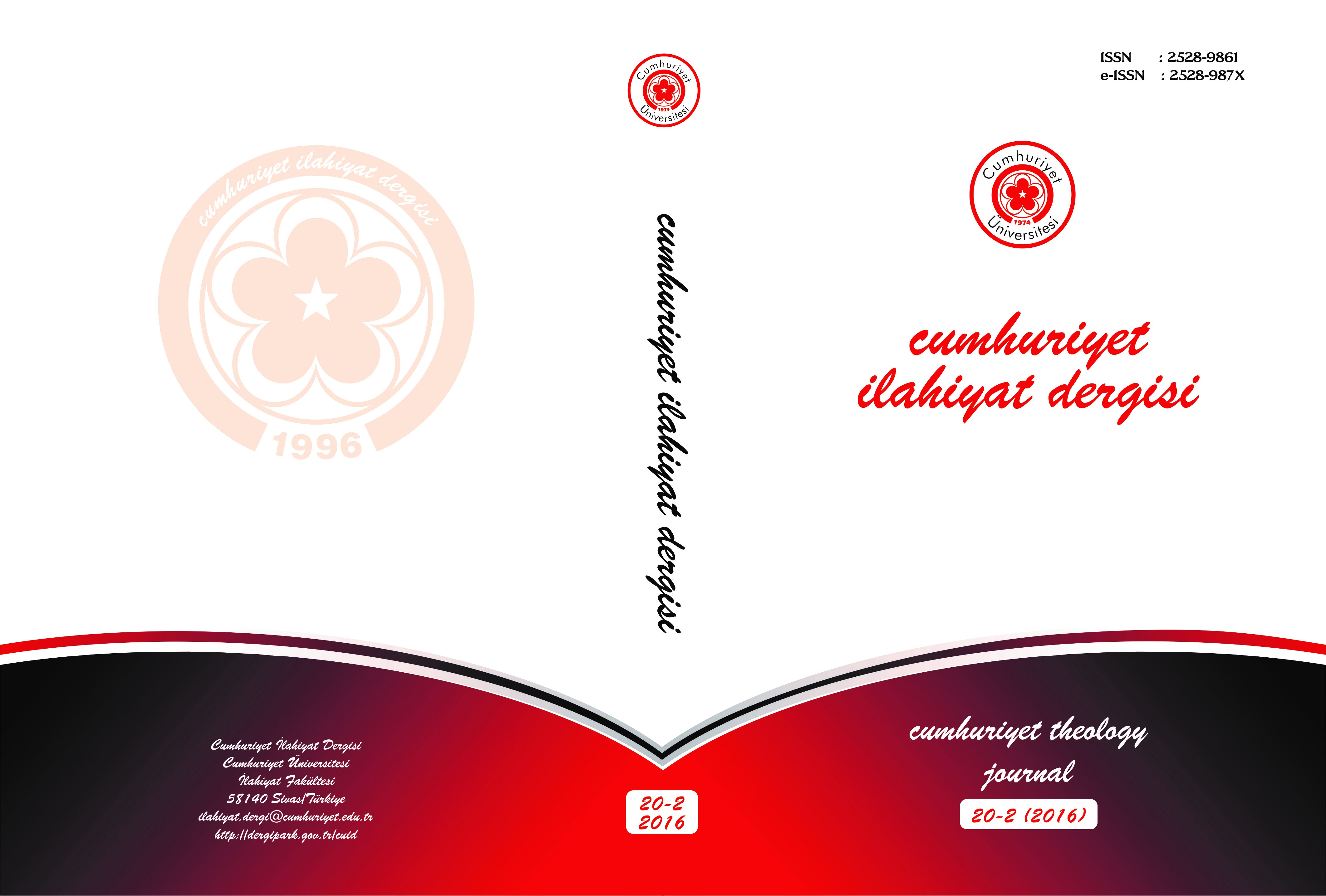
Remittances and their social meaning in Tajikistan
In this paper we investigate the growth and use of social remittances in Tajikistan. Russia became the destination country of choice for labor migrants from former Soviet states following the collapse of the Soviet Union in 1991. Tajik migrants also seek new destinations including settlement in the US. International migration to Russia and the US continues to shape economic realities for Tajik communities and migrants. In this paper, we use ethnographic evidence from rural communities in Tajikistan and from Tajik migrants who are settled in major Russian cities as well as New York City, NY to address the role migration plays for families and household and the meaning of social remittances for local communities. We explore the role that remittances play in the changing social landscape of Tajikistan and its local communities.
More...
